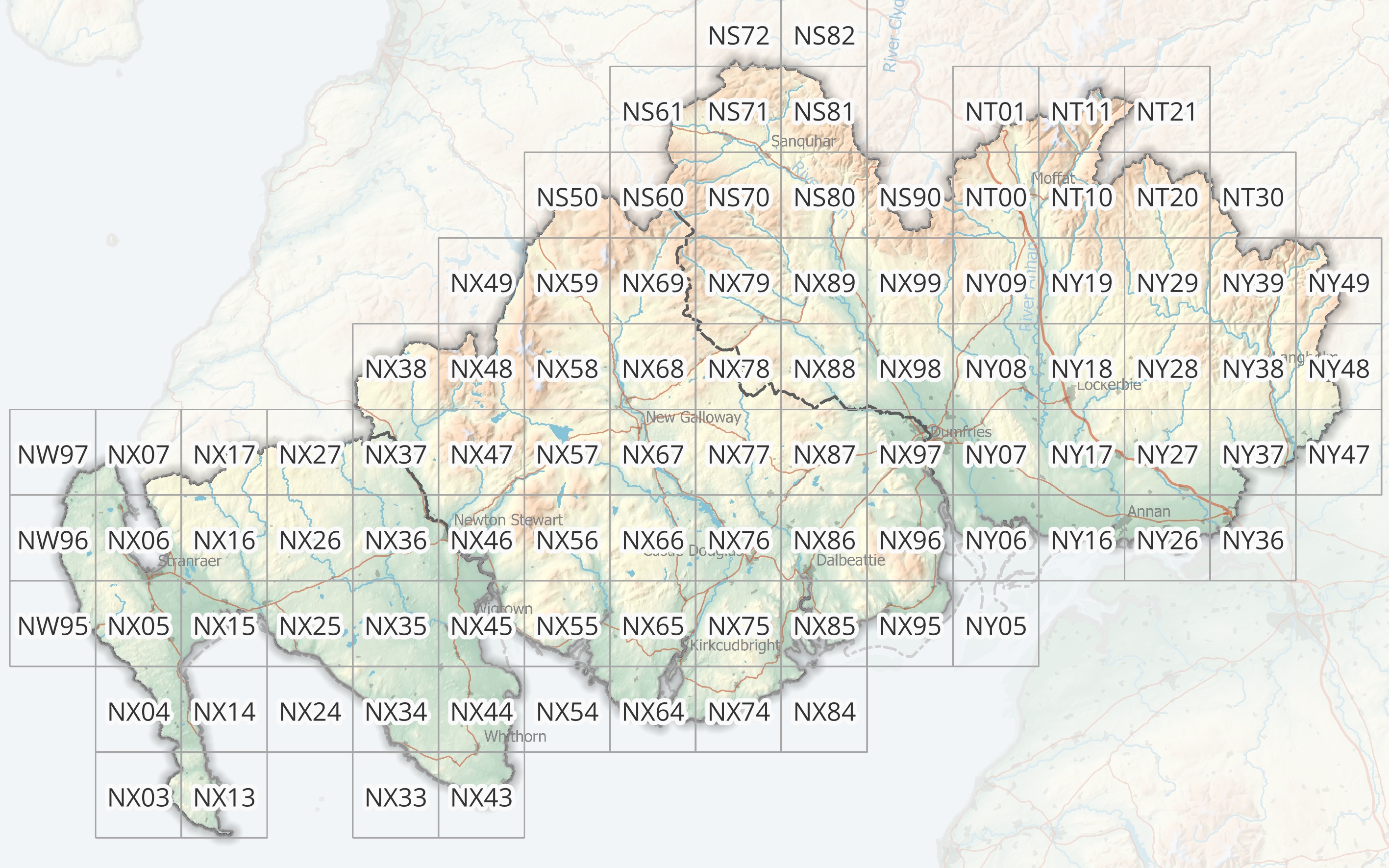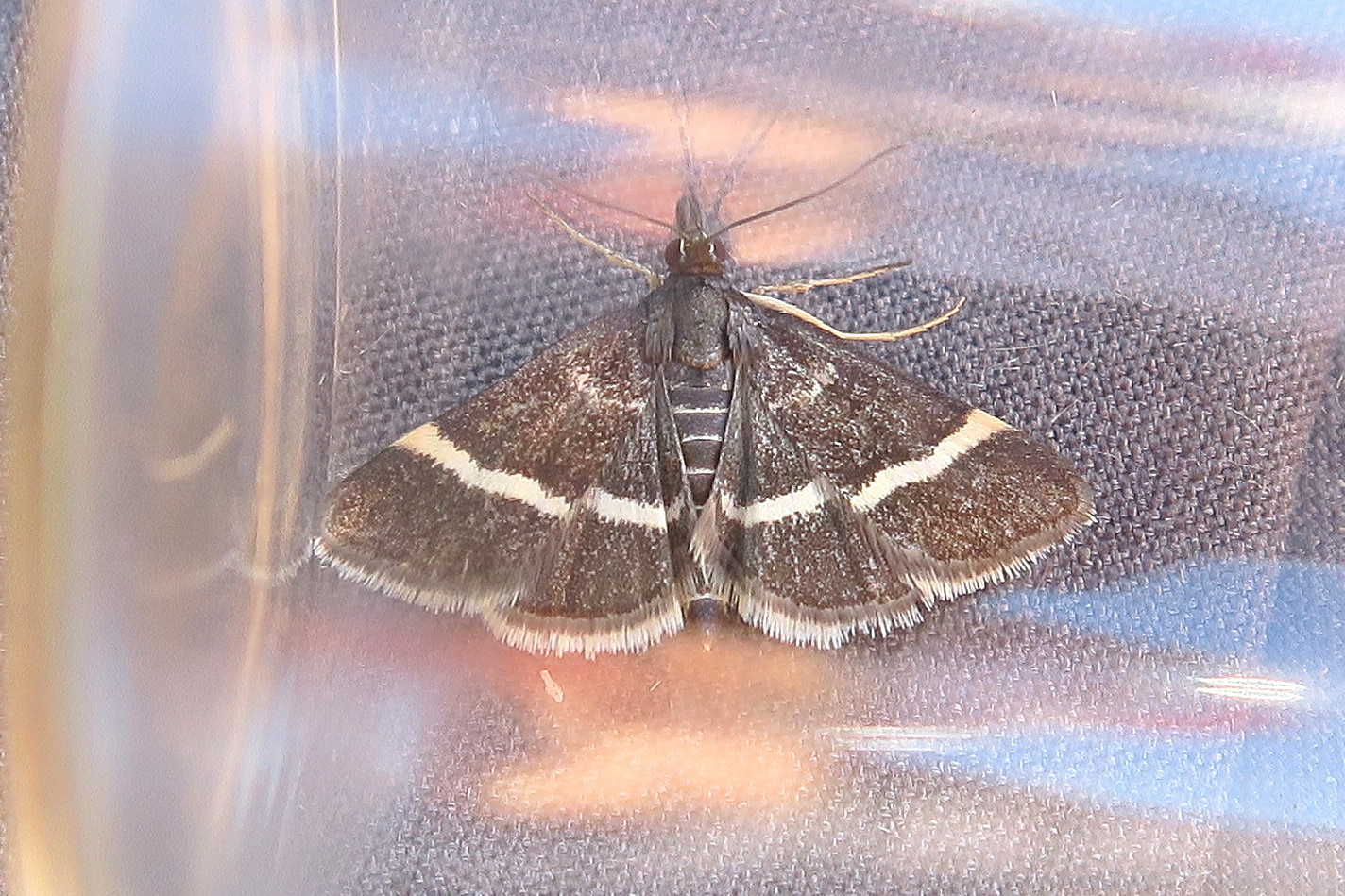Identification
Distinguished from the similar P.nigrata by it slarger size and straighter white cross-lines. However, P.nigrata is not yet known from Dumfries & Galloway.
Recording method
Commonly found in the field as a day flying moth.
Flight period
Double brooded. May-September.
Larval foodplants
Wild Thyme (Thymus polytrichus).
Habitat
Coastal grassland and sand dunes.
History
The first for Dumfries & Galloway was found on the White Dyke Moor at Corsemalzie, Wigtownshire, on 26th June 1898 by the Gordon brothers, while the first for Dumfriesshire was found at Tynron on 5th July 1944 by Sir Arthur Duncan, specimen at National Museums Scotland. No records from Kirkcudbrightshire.



